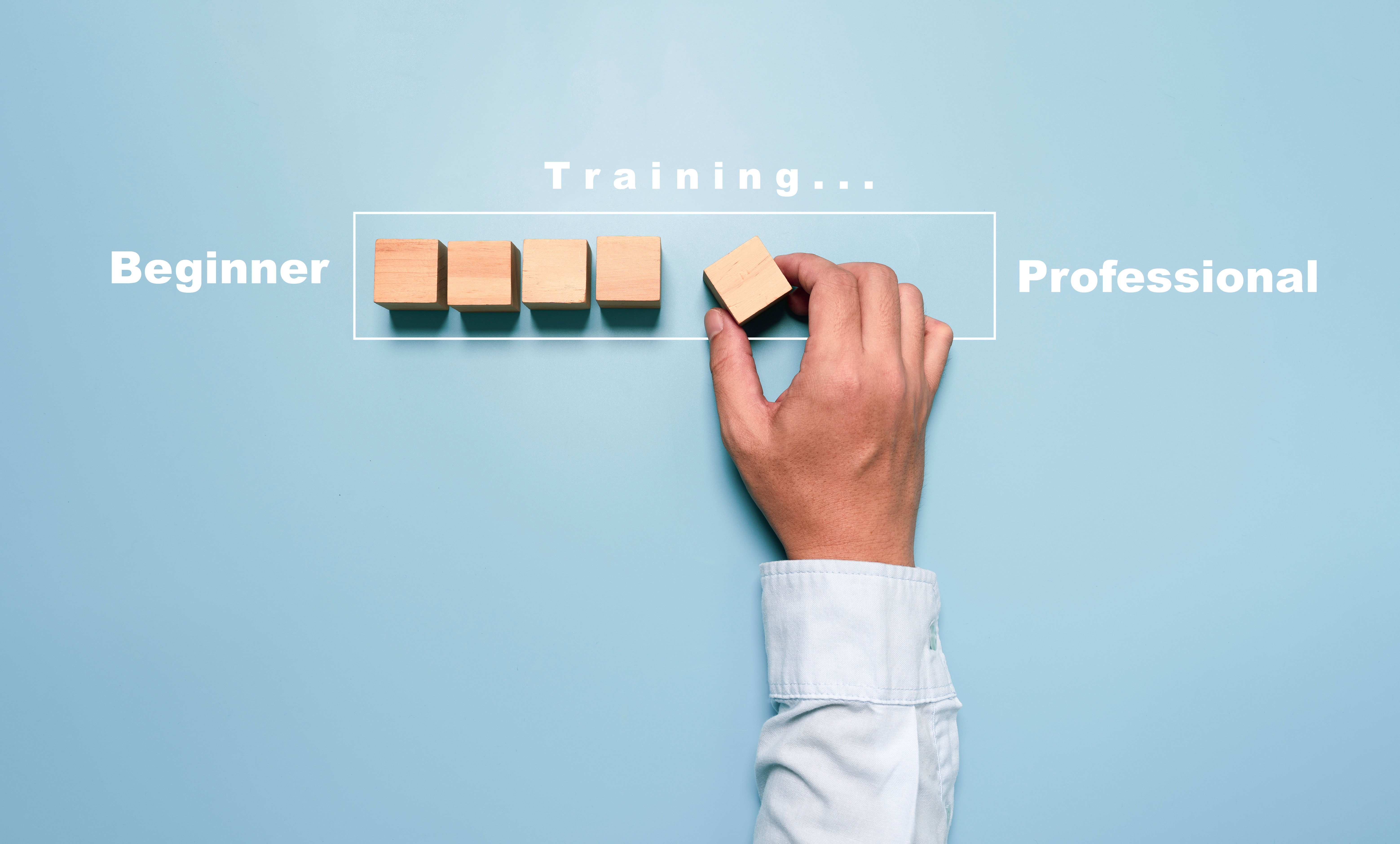They offer a more engaging and realistic learning experience, with proven benefits: better retention, risk-free hands-on practice, personalized learning paths…
But adopting these tools isn’t as simple as plugging them in. Even the most advanced solution won’t automatically transform learning. Because the success of immersive learning depends just as much on the technology as it does on the people using it.
The key? Providing structured, human-centered support to teaching teams.
Without it, immersive tools often end up underused — or abandoned. In this article, we’ll explore why this support is essential, and how it can make all the difference in the adoption of immersive training tools.
Integrating immersive tools disrupts teaching practices
Immersive technologies aren’t just another tool in a trainer’s toolbox. They fundamentally change how we teach, how we learn, and how we think about pedagogy.
In VR or on immersive simulators, learners don’t just absorb knowledge — they live the situation. They make decisions, fail safely, try again. This active posture transforms the trainer’s role: they become a guide, a facilitator, a debriefer, rather than a simple transmitter of knowledge.
For many educators, this shift can be unsettling. Should they master the technical tool? How should they design a training session around a simulation? How can they assess learning in a virtual environment? These are common, legitimate concerns.
This is why implementation must begin with familiarization and mindset shift. Trainers need time, space, and support to understand how immersive tools fit into their own teaching logic — not just how to use them technically.
Without Support, Technology Becomes a Gadget
As promising as they are, immersive technologies alone do not guarantee an improvement in training. And here lies the paradox: the more innovative the tool, the more it requires strong human support to be truly effective.
Many organizations have already experienced an immersive project that sounded exciting on paper… but proved disappointing in reality. Simulators purchased but never used, immersive content poorly exploited, trainers left alone facing technology they don’t master — these pitfalls are common. Not due to lack of willingness, but due to lack of method.

The barriers faced by teaching teams are well identified:
- Lack of time to train or test the tool beforehand
- Perceived technical complexity, causing stress or self-censorship
- Doubt about the real pedagogical value of the solution, due to misalignment with training objectives
- Isolation of trainers, with no space to share usage experiences or adapt practices
The result: the immersive solution remains a “technological gadget.” It may be used once for demonstration, then stored away or reduced to a simple “wow” effect with no real added value.
It is not the technology that creates pedagogical impact, but the way it is designed, supported, and accompanied in its use.
Support is the key to sustainable, effective use
Faced with the challenges posed by immersive tools, supporting teaching teams is not a luxury — it is a condition for success. It is what transforms a technology that is merely “endured” into a fully integrated pedagogical lever.
Training the trainers is the first step. It is not just about explaining how the tool works technically, but also helping them grasp its pedagogical logic. What objectives can be targeted with a simulator? How should an immersive session be organized? What are the best practices for facilitation and debriefing? These questions must be addressed very early on.
Co-creation is also a powerful lever. Involving trainers in the design or adaptation of immersive content fosters their ownership. It also anchors the solution in real-world conditions: professional vocabulary, learning constraints, realistic scenarios… The tool then becomes a natural extension of pedagogy, not a foreign body.

Finally, ongoing support is often overlooked, yet it is essential. Offering post-launch support, including opportunities for exchange, feedback, adjustments, and updates, helps consolidate usage and allows practices to evolve over time.
In other words, support provides meaning, structure, and confidence. And it is precisely this that determines the real impact of the immersive solution on learners.
A lever for engagement, growth, and team cohesion
Supporting teaching teams in integrating immersive solutions is not just about “avoiding project failure.” It is above all about creating a positive dynamic within the teams, resulting in greater engagement, collaboration, and skill development.
When given the means to take ownership of the tools, trainers become agents of change. They are valued for their role as field experts and recognized for their ability to innovate, test, and adapt. This shift is often very positively received: it gives new meaning to their mission and stimulates their desire to evolve their practices.
Moreover, introducing an immersive solution often creates new spaces for collaboration: among trainers within the same organization, between instructional designers and field teams, and between partner institutions. This collective dynamic is precious: it strengthens the sense of belonging and helps foster shared best practices.
Well-conducted support is also a lever for ongoing professionalization. It opens the door to new skills: facilitating immersive sessions, scenario analysis, the ability to debrief a simulation — skills useful far beyond virtual reality alone.
In short, pedagogical support acts as a catalyst: it boosts motivation, develops expertise, and unites teams around a meaningful project.
Support: A sine qua non condition for real impact
The integration of immersive solutions in training is not only a technological issue. It involves a deep pedagogical transformation that cannot succeed without human, gradual, and structured support.
Supporting teaching teams means recognizing their central role in the project’s success. It means giving them the means to understand, test, and take ownership — rather than endure. It transforms technology into a lever for meaning, motivation, and innovation.
Ultimately, the success of an immersive project depends not only on the quality of the simulator or the realism of the experience. It depends on how teams appropriate it, enrich it, and bring it to life for the benefit of learners.
To make immersive learning live up to its promises, let’s bet on the people who make it possible. And let’s truly support them.




